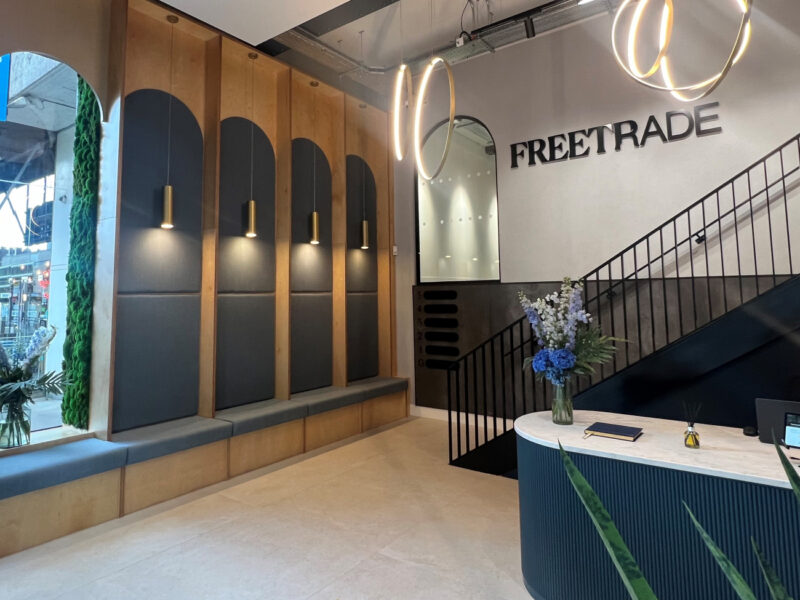Unlocking life science growth beyond the “Golden Triangle”.
There is some concern that the UK life science market may have peaked following significant recent activity. However, while it is true that research and development (R&D) investment slowed as the economic backdrop deteriorated in late 2022, the sector continues to offer significant growth opportunities – particularly outside the established ‘golden triangle’ locations.

There is some concern that the UK life science market may have peaked following significant recent activity. However, while it is true that research and development (R&D) investment slowed as the economic backdrop deteriorated in late 2022, the sector continues to offer significant growth opportunities – particularly outside the established ‘golden triangle’ locations.
The UK is home to some of the world’s leading scientists and research centres and continues to attract significant investment. Indeed, spending on R&D is expected to rise to 2.4% of GDP by 2027 from its current 1.7%.
The pandemic highlighted the importance of the sector and, following the UK’s leading role in the successful development of vaccines, the government pledged to become a ‘science superpower’ by 2030. Recent policy changes will support this ambition, including a newly formed Department for Science, Innovation & Technology and various measures in the March Budget (notably R&D tax credits).
Additionally, the UK is home to four of the world’s top 10 science and research medical universities: Cambridge, Oxford, Imperial College and University College London. Together, these three locations comprise the golden triangle, a rich community that has received 80% of all the UK’s venture capital funding in life sciences. However, the UK has world-class universities outside these locations, many of which have increasing access to funding and offer untapped investment opportunities.
As an industry, we are not engaging enough with the wider UK life sciences scene. Investors are failing to realise that there is an increasing number of locations outside the golden triangle receiving venture capital funding, bringing real estate development and investment opportunities that will support sector growth. These include Manchester with its world-leading innovation campus Alderley Park, Edinburgh with developments planned for the city’s BioQuarter and Birmingham’s Health Innovation Campus.
To unlock this potential, investors need to shift their focus – in much the same way that the US diversified beyond Boston, San Francisco Bay and San Diego.
First, there is less competition. Demand for suitable space greatly outweighs supply and it is becoming increasingly difficult for investors to find value and suitable buildings. Moving beyond the golden triangle means less competition and the potential to deliver strong risk-adjusted returns.
Second, there is a less mature market. More affordable rents for occupiers and cheaper living costs for employees may indicate potential for stronger rental growth, compared with more established locations. Some occupiers are pursuing significant expansion plans, with Labcorp expanding in Leeds and increasing its capacity by 30%.
Finally, strong demographics. City centre living is growing in Manchester, Birmingham and Leeds – with all three locations seeing population growth and good career opportunities supporting high graduate retention rates. According to the Department for International Trade, 50% of life sciences jobs are located outside London, the east of England and the South East, and these figures are set to grow significantly over the next five to 10 years.
Growth in the sector is set to accelerate – and the commercial real estate industry should focus more on the UK’s emerging life science markets, to help realise its aim of becoming a truly global science superpower.
Other articles.
Let's discuss how we can help you.
Interested in discussing new ventures or current investment opportunities?



